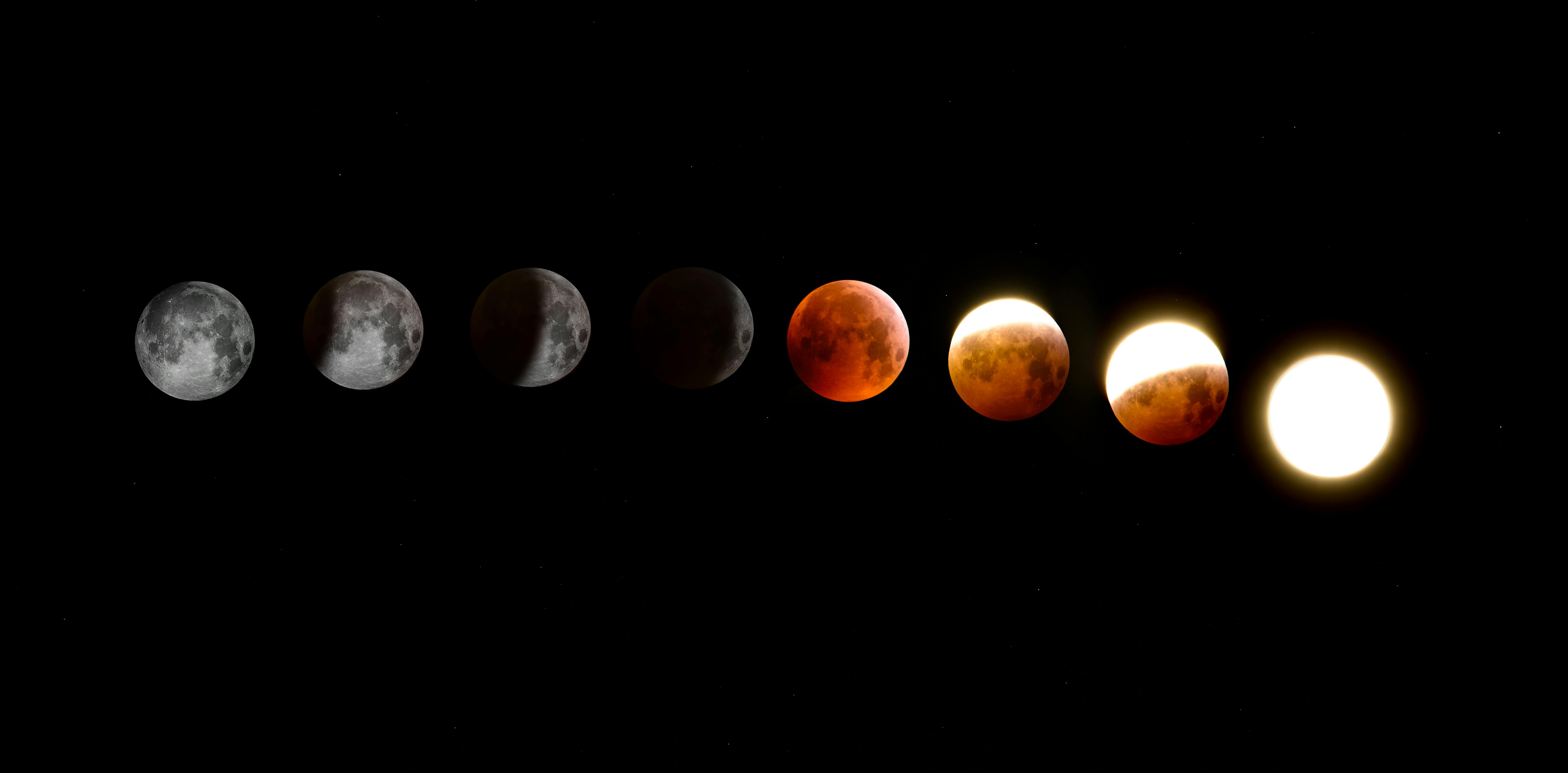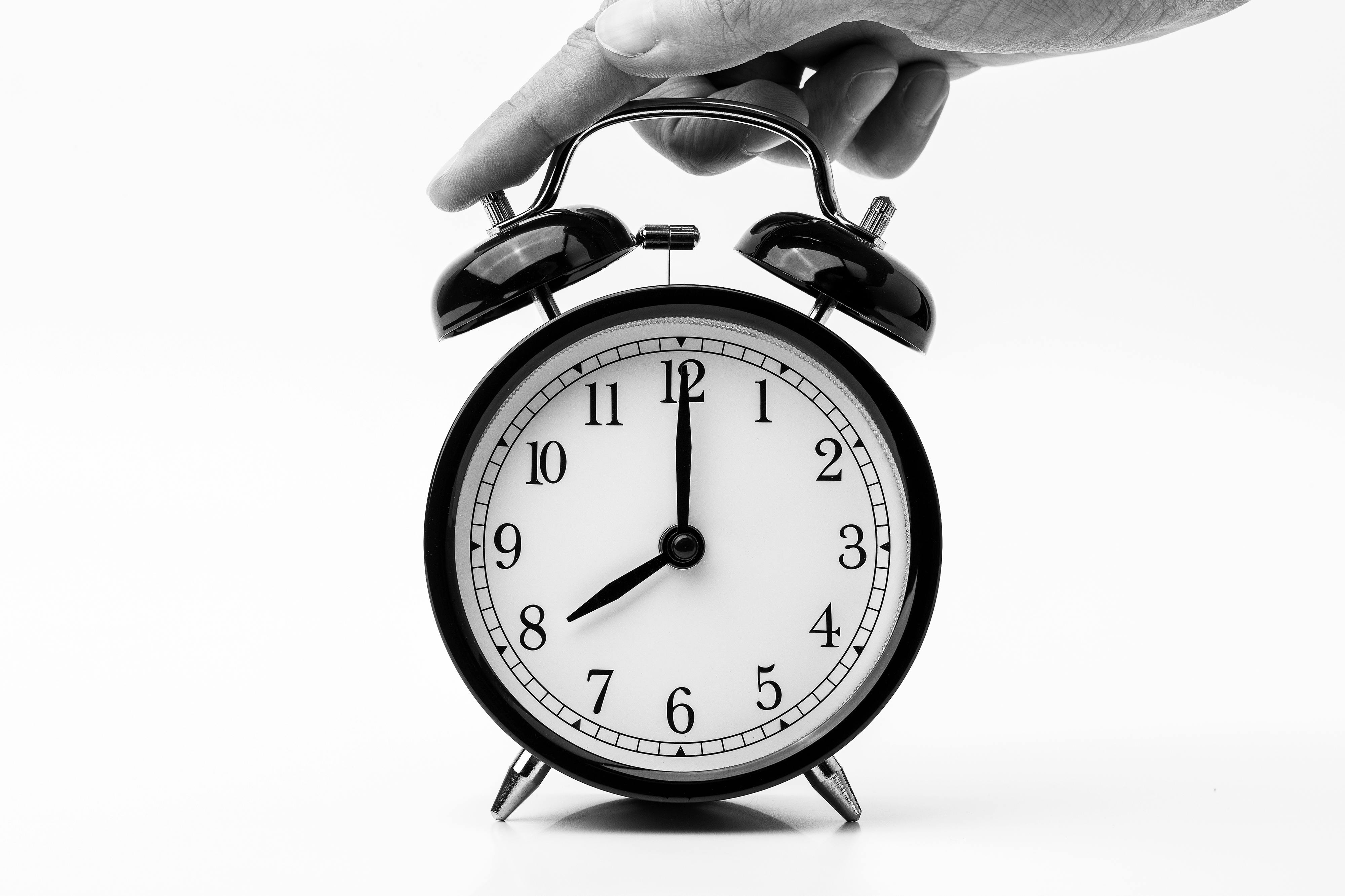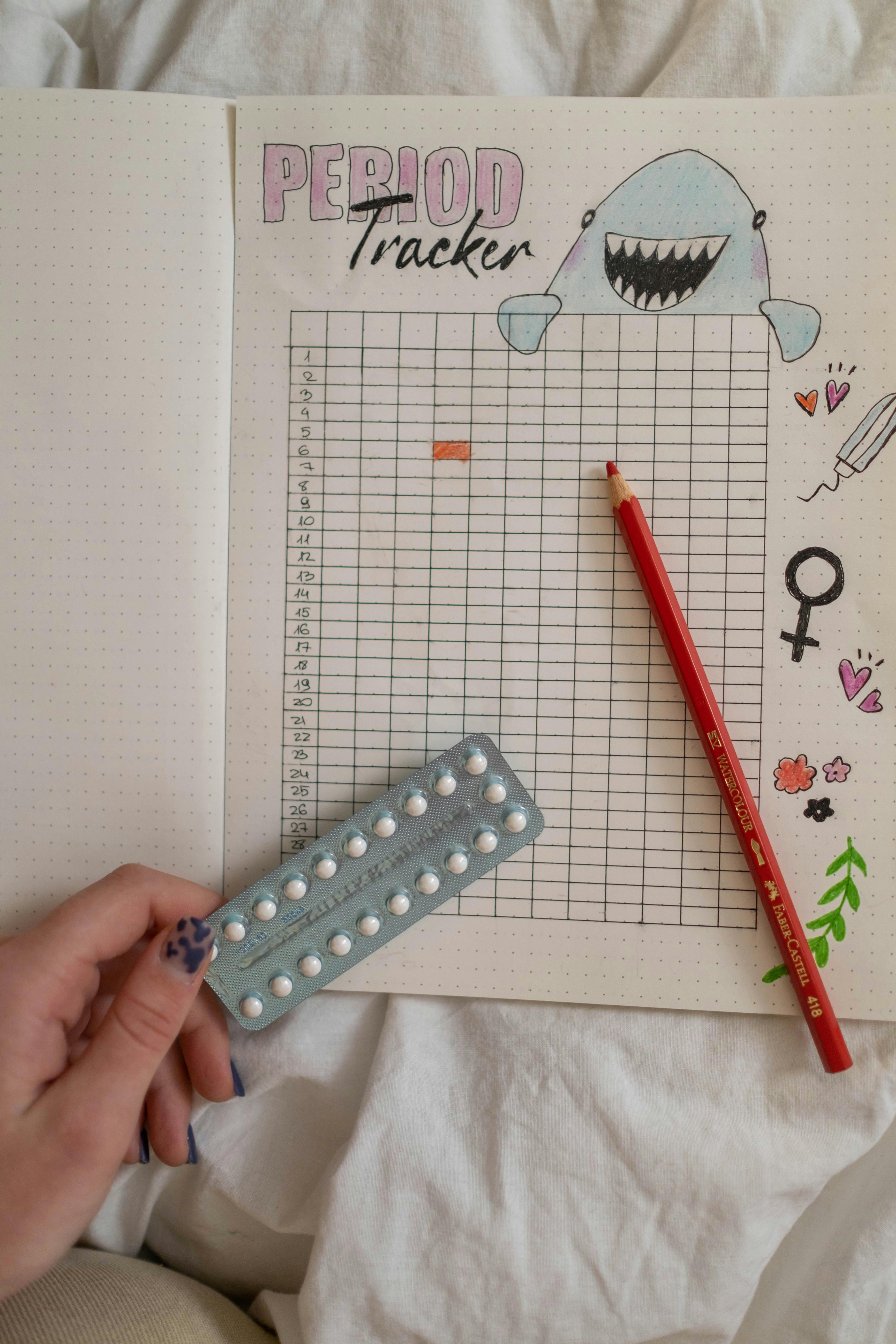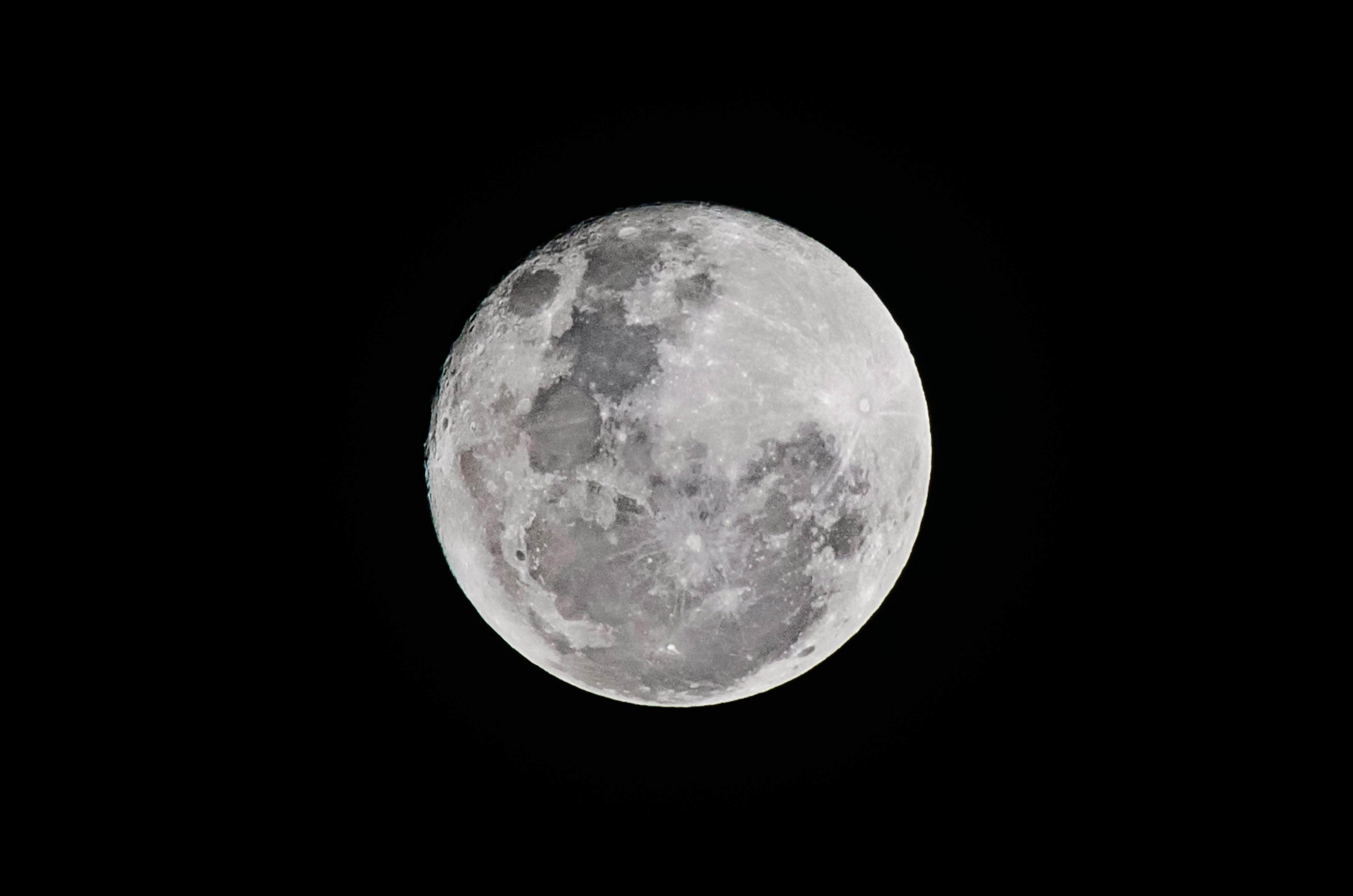Moon Phases and Wellness: How Lunar Cycles Impact Your Body and Mind

The lunar cycle, approximately 29.5 days long, consists of several phases:
- New Moon: The Moon is positioned between the Earth and the Sun, making it invisible in the night sky.
- Waxing Crescent: A thin sliver becomes visible as the illuminated portion increases.
- First Quarter: Half of the Moon is illuminated and visible.
- Waxing Gibbous: More than half is illuminated, leading up to the Full Moon.
- Full Moon: The entire face of the Moon is illuminated.
- Waning Gibbous: The illumination decreases after the Full Moon.
- Last Quarter: Again, half of the Moon is illuminated, but the opposite side from the First Quarter.
- Waning Crescent: A diminishing sliver is visible before returning to the New Moon.
These phases result from the Moon's position relative to the Earth and the Sun, affecting the amount of reflected sunlight visible from Earth.
Lunar Phases and Sleep Patterns
Scientific studies have explored potential connections between lunar phases and human sleep patterns:
Full Moon Effects
Some research suggests that sleep quality may diminish during the Full Moon, with individuals experiencing:
- Longer time to fall asleep.
- Reduced deep sleep.
- Shorter overall sleep duration.
However, other studies have found no significant correlation between lunar phases and sleep, indicating that more research is needed to draw definitive conclusions.

Lunar Phases and Menstrual Cycles
The synchronization of menstrual cycles with lunar phases has been a topic of interest:
- Cycle Length Similarity: Both the lunar cycle and the average menstrual cycle are approximately 29.5 days.
- Scientific Findings: While some studies have observed intermittent synchronization between menstrual cycles and lunar phases, particularly in environments with minimal artificial light exposure, the evidence is not conclusive.

New Moon: A Time for Rest and Intention Setting
The New Moon marks the beginning of the lunar cycle, when the Moon is positioned between the Earth and the Sun, rendering it invisible in the night sky.
Cultural Significance of the New Moon
In various cultures, the New Moon symbolizes new beginnings and is considered an auspicious time to initiate projects or set personal goals:
- Jewish Tradition: The lunar calendar determines the dates of numerous Jewish holidays, and Rosh Chodesh marks the start of each Jewish month, observed with specific ceremonies and observances.
Spiritual Practices
Many spiritual traditions view the New Moon as a time for setting intentions, reflecting on personal growth, and planning for the upcoming lunar cycle.
Scientific Perspectives
While cultural practices emphasize rest and reflection during the New Moon, scientific research on physiological changes specific to this phase is limited. The reduced nocturnal illumination may naturally encourage earlier sleep onset and longer rest periods, aligning with the body's circadian rhythms.
Waxing Moon: Growth, Energy, and Productivity
Following the New Moon, the Waxing Moon phases (Waxing Crescent, First Quarter, and Waxing Gibbous) represent periods of increasing illumination.
Symbolism and Cultural Beliefs
The Waxing Moon is often associated with growth, heightened energy, and productivity:
- Symbolism: As the Moon's visible light increases, it symbolizes the manifestation of intentions set during the New Moon, fostering motivation and action.
- Cultural Practices: Many cultures consider this period ideal for:
- Initiating new projects.
- Making important decisions.
- Embracing change and personal development.
Full Moon: Emotional Highs and Heightened Sensitivity

The Full Moon, when the Moon's face is fully illuminated, has been linked to various emotional and behavioral changes.
Cultural and Historical Perspectives
- Folklore and Mythology: Many cultures have tales of the Full Moon inducing madness or erratic behavior, leading to terms like "lunacy."
- Astrological Beliefs: Astrologers often associate the Full Moon with heightened emotions and increased sensitivity.
Scientific Findings
- Mood Variations: Some studies suggest a more positive mood near the Full Moon and a more negative mood near the New Moon, aligning with the ~29.5-day lunar cycle.
- Psychiatric Presentations: Research indicates that the lunar cycle does not significantly affect the incidence of psychiatric presentations, suggesting that if lunar effects exist, they are likely small or infrequent.
Waning Moon: Reflection, Release, and Letting Go
The Waning Moon phase, occurring after the Full Moon as illumination decreases, is often associated with introspection and release.
Symbolism and Cultural Practices
- Time for Letting Go: Many traditions view the Waning Moon as an ideal period to release negative thoughts, habits, or relationships.
- Reflective Practices: Activities such as meditation, journaling, and cleansing rituals are commonly performed to facilitate personal growth and emotional release.
Practical Applications
- Decluttering: Physically removing unnecessary items from one's environment to create space for new opportunities.
- Emotional Processing: Engaging in therapy or counseling to address unresolved emotions or traumas.
Moon Phases and Sleep Patterns: How Your Rest Is Affected
The Moon's phases have been studied for potential effects on human sleep patterns.

Full Moon and Sleep Disruption
- Delayed Sleep Onset: Research indicates that individuals may take longer to fall asleep during the lead-up to the Full Moon.
- Reduced Sleep Duration: Studies have found that total sleep time can decrease by up to 90 minutes on nights preceding the Full Moon.
Potential Mechanisms
- Increased Nocturnal Light: The brighter night sky during a Full Moon may impact melatonin production, a hormone regulating sleep-wake cycles.
- Electromagnetic Variations: Some theories propose that the Moon's influence on Earth's electromagnetic field could affect human physiology, though more research is needed in this area.
Lunar Cycles and Mental Health: Myths vs. Reality
The belief that lunar cycles influence mental health has been prevalent in various cultures.
Common Myths
- Increased Crime and Emergency Room Visits: Anecdotal reports often claim higher rates during Full Moons.
- Exacerbation of Mental Illness: Some believe that conditions like bipolar disorder worsen with certain lunar phases.
Scientific Evidence
- Lack of Correlation: Comprehensive studies have found no significant relationship between lunar phases and increased incidents of crime, psychiatric admissions, or emergency room visits.
- Placebo and Expectation Effects: The persistence of lunar myths may be attributed to cognitive biases, where individuals notice and remember events that confirm their beliefs while disregarding contradictory evidence.
How to Align Your Wellness Routine with the Moon
Aligning your wellness routine with the moon's phases can foster a deeper connection to natural rhythms, enhancing personal growth and well-being. Here's how you can harmonize your practices with each lunar phase:
-
New Moon: Setting Intentions and New Beginnings
- Activities: Engage in journaling or meditation to reflect on past experiences and envision future aspirations.
- Self-Care: Prioritize quiet time for introspection and self-discovery.
- Nutrition: Focus on light, cleansing foods such as fruits, vegetables, and herbal teas.
-
Waxing Moon: Growth and Action
- Activities: Pursue learning opportunities and expand your knowledge base.
- Self-Care: Harness the energy of the waxing moon for personal and professional growth.
- Nutrition: Fuel your body with nutrient-dense foods to support increased activity levels.
-
Full Moon: Illumination and Celebration
- Activities: Celebrate achievements and milestones reached during the lunar cycle.
- Self-Care: Embrace the fullness of the moon's energy by engaging in joyful activities.
- Nutrition: Indulge in nourishing meals that honor your body's needs.
-
Waning Moon: Reflection and Release
- Activities: Engage in journaling or meditation to reflect on past experiences and envision future aspirations.
- Self-Care: Prioritize quiet time for introspection and self-discovery.
- Nutrition: Focus on light, cleansing foods such as fruits, vegetables, and herbal teas.
Conclusion
The relationship between lunar cycles and human wellness has been a subject of fascination and study for centuries. While cultural beliefs and anecdotal reports suggest that different phases of the Moon influence aspects such as sleep patterns, mood fluctuations, and even reproductive cycles, scientific research offers a nuanced perspective. Some studies indicate subtle effects; for instance, certain research has observed variations in sleep duration and quality during different lunar phases. However, these findings are not universally consistent, and other studies have found no significant correlations. Therefore, while the Moon's phases may have a minimal impact on our bodies and minds, the extent of this influence remains inconclusive. Embracing personal experiences and cultural practices related to lunar cycles can be meaningful, but it's essential to approach the topic with an understanding of the current scientific insights.




